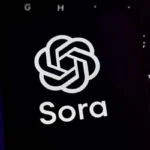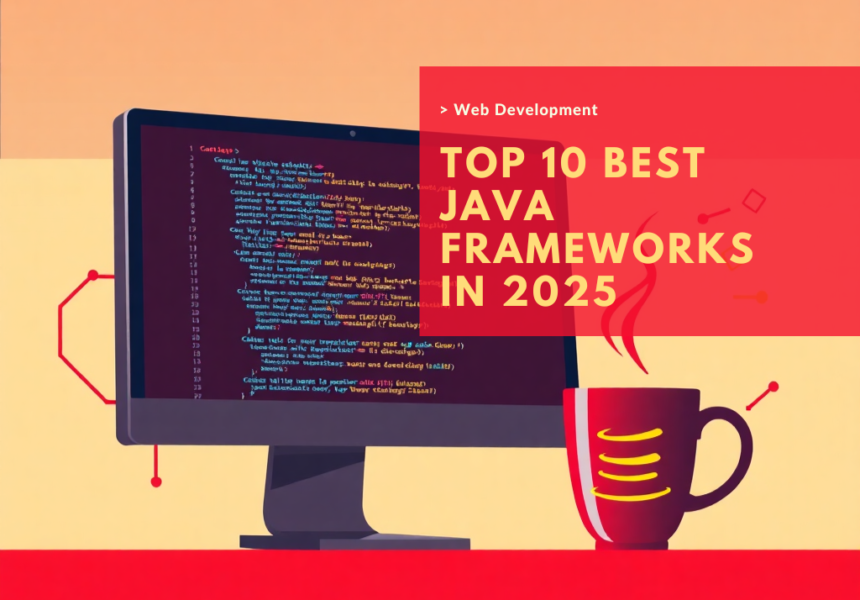There is a lot that can be accomplished with Java – although it is one of the oldest software programming languages, it still keeps a large number of developers busy around the world.
Here we will look at 10 of the major Java frameworks.
Struts: an open-source Java framework

Apache Struts is an open-source framework. It follows the MVC (Model-View-Controller) pattern. In a traditional approach, if a user submits a form with their details, the information goes to a servlet for processing, or the control passes to the next JSP (Java Server Pages – where you can write Java code in HTML).
Struts separates the View, Controller, and Model and links each through a configuration file:
- ✓ The View is managed by a set of tag libraries.
- ✓ The Controller is an ActionServlet where you can write models for the View
- ✓ User data is managed using the ActionForm JavaBean. The Action object is responsible for passing the application flow.
Struts is easy to implement and offers greater flexibility and extensibility than the traditional MVC approach using only servlets and JSPs. It can be a good starting point for a web developer.
Spark: Apache’s Java framework
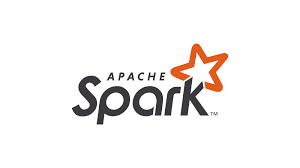
Known for its speed and performance, Spark is another open-source framework from the Apache Foundation. It combines two important factors that have increased its popularity worldwide.
If you’re looking to build feature-rich web applications in a short time, Apache Spark is the perfect choice.
Applications developed with Apache Spark have a strong response from the user base. Moreover, they can be easily customized according to the target’s requirements.
Hibernate: a popular framework thanks to JPA
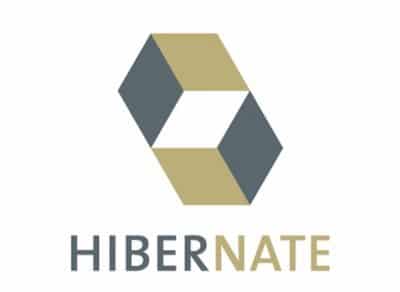
Although Hibernate is not a complete framework, it has changed the way we use database.
Hibernate directly maps Java classes to corresponding database tables (and vice versa). The main hibernate.cfg.xml file contains information about mapping Java classes to database configuration.
Hibernate provides an abstraction layer so that the code is loosely coupled with the database. Things like establishing a database connection and performing CRUD operations are handled by Hibernate—so developers don’t need to implement this, making the code independent of the database being used.
Developed by Oracle, JavaServer Faces is a component-based MVC framework; component state is saved when the page is rendered and then restored when the request returns.
JSF is particularly useful for developing complex server applications, since it allows you to test the UI live, without having to add other frameworks or libraries. HTML, CSS,
JavaScript is encapsulated within the framework, allowing developers to drag and drop different UI components without additional code. With this framework, you can focus on what matters most.
Spring: Another open-source Java framework

An open-source framework, Spring has taken the development world by storm thanks to its Dependency Injection concept and aspect-oriented programming features. It is a framework used for enterprise applications.
With Spring, developers can create loosely coupled modules where dependencies are managed by the framework, rather than relying on libraries in the code. The Spring framework is comprehensive and covers a wide range of features, especially security features, that are easy to learn.
Additionally, as it is arguably one of the most popular frameworks, you will be able to find plenty of documentation and benefit from the support of an active community.
Dropwizard: a lightweight alternative to other frameworks
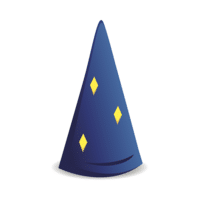
Looking for a simple and effective framework? Dropwizard is for you. This open-source framework compiles the most stable Java libraries to provide you with a simple and ultra-lightweight result.
Dropwizard offers you turnkey support on configuration, application statistics, logs and operational tools so that you can develop a quality web application in a short time.
You’ll also be able to benefit from the millions of users and contributors who make Dropwizard better.
Apache Tapestry: A component-oriented Java framework

Apache Tapestry is a component-based Java web framework that facilitates the development of web applications. It prioritizes modularity and simplicity through a clear and intuitive architecture.
Unlike MVC-based frameworks, Tapestry uses a component-based approach. Each web page is represented as a set of Java classes and HTML templates. It offers advanced state and dependency management without requiring extensive configuration.
Tapestry offers hot class reloading, allowing developers to instantly see their changes without restarting the application. Its integration with technologies like Hibernate and Spring makes it easy to develop robust and scalable applications.
Ideal for projects requiring high modularity, Tapestry allows you to build powerful, well-structured web applications with minimal complexity.
JavaFX: a perfect framework for designers
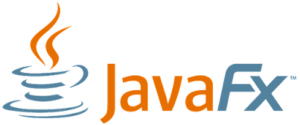
JavaFX is a Java framework for creating user interfaces. It is designed to replace Swing and offers a more advanced approach to developing desktop and embedded applications.
JavaFX supports the development of rich interfaces with animations, vector graphics, and CSS effects. It features a powerful rendering engine and allows the use of FXML to separate business logic from presentation.
With its robust API, JavaFX makes it easy to create interactive applications while providing compatibility with web and mobile technologies. Its native support for cross-platform applications makes it particularly versatile.
JavaFX is a great fit for developing high-performance, beautiful desktop applications while still benefiting from the power and flexibility of Java.
JUnit: A Java Framework for Unit Testing

JUnit is a unit testing framework widely used in the Java ecosystem. It automates code validation to improve software quality and prevent regressions.
The framework provides annotations like @Test and @BeforeEach to easily structure and execute tests. It uses assertions to compare expected results with actual results and facilitates debugging with detailed reports.
JUnit works well with continuous integration tools like Maven and Jenkins.
Apache Shiro: The Java Security Framework

Apache Shiro is a Java security framework that facilitates authentication, authorization, and session management.
Shiro allows you to implement authentication systems with various supports (databases, LDAP, files). It also offers fine-grained permission management with a role- and user-based access control model.
Thanks to its modular architecture, Apache Shiro can be used in a wide variety of environments, from web applications to microservices. It also includes advanced features such as password encryption and distributed session management.




